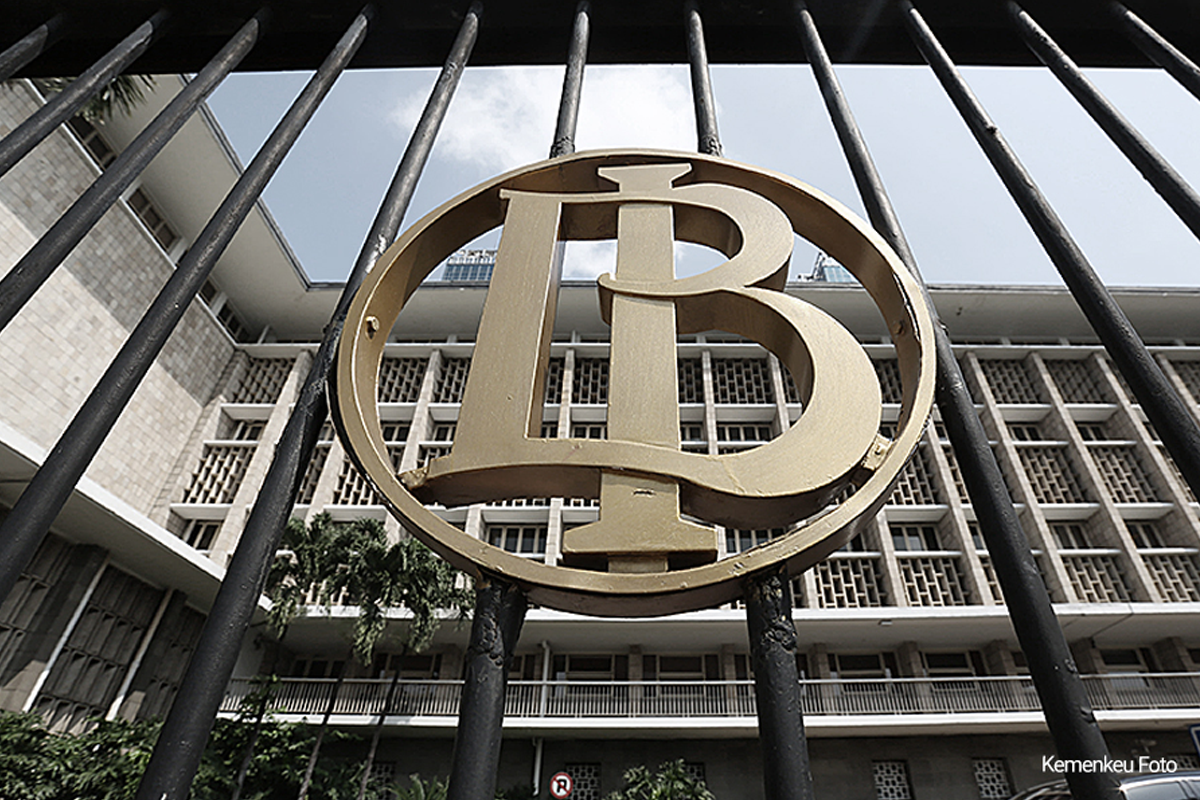BI Cuts Interest Rates to 3.5% and Sets 0% DP for Car Loans

JAKARTA. Bank Indonesia again cut its benchmark interest rate using the BI 7-Day Reverse Repo Rate (BI7DRR), by 25 basis points (bps) to 3.5%.
Not only that, in order to promote national economic recovery, the monetary authority has also complemented it with some policy mix, such as reducing the vehicle loan down payment limit to only 0%, to encouraging banks to provide property loans or setting a maximum Loan to Value (LTV) ratio of a maximum of 100% of the asset value.
This was the result of the decision of the Bank Indonesia's Board of Governors (RDG) Meeting which took place between 17-18 February 2021 which was considered consistent with efforts to stabilize the national economy, which was marked by a controlled inflation rate and a stable rupiah exchange rate.
The inflation rate in January as released by the Statistics Indonesia (BPS) was recorded at 1.55% year on year (yoy). Meanwhile, the Rupiah exchange rate in January 2021 recorded an average increase of 0.22%.
Relaxation of Vehicle Loans
In addition to the interest rate reduction, the RDG this time also changed the terms of the down payment on motor vehicle loans to 0% from the previous one of 10%-25%.
This policy is a form of BI's support for the government measures to provide relaxation to the automotive industry by providing Sales Tax on Luxury Goods (STLG)incentive for sedans with a cylinder capacity of 1,500 cc and below.
This credit advance relaxation will be effective from 1 March 2021 to 31 December 2021 and will be evaluated once a year.
Property Industry Stimulus
Not only that, BI also decided to loosen the Loan to Value (LTV) ratio or Financing to Value (FTV) ratio to a minimum of 95% and a maximum of 100% of the value of assets credited from 1 March to 31 December 2021.
So far, the credit limit allowed by financial institutions has only ranged from 65% to 90% of the asset value credited.
The amount of LTV or FTV depends on the type of property or house, the form of the contract and whether it is included in the non-performing loan (NPL) ratio or not.


